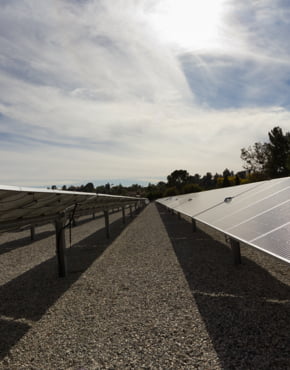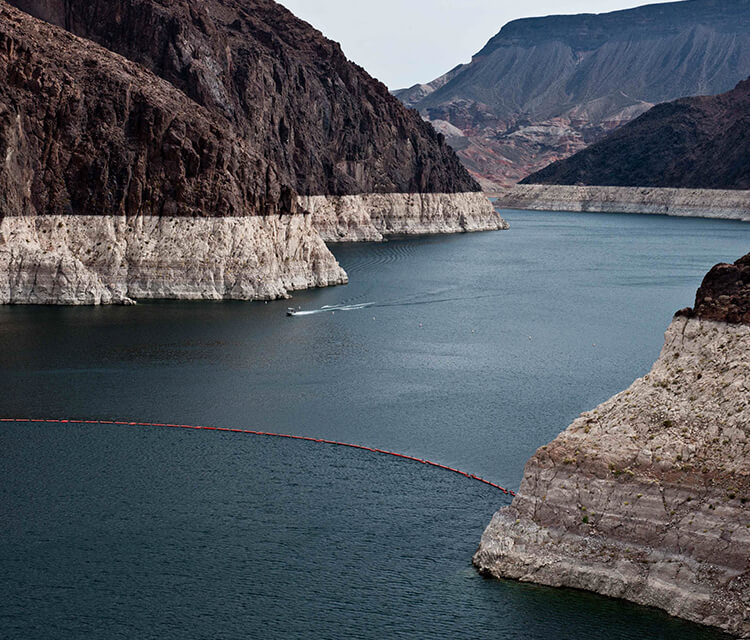California Conservation Leaves Water In Lake Mead
In Metropolitan’s not-so-old playbook, a dry year in Northern California would require operating our aqueduct at full capacity from the Colorado River in order to meet the demands in our six-county service area. Because a full aqueduct is not possible with Metropolitan’s underlying allotment of Colorado water and other programs on the river, water held in reserve behind Hoover Dam on Lake Mead is necessary to fill the aqueduct and meet the demand.
Yet in this historically dry year, California likely won’t need a drop of these reserves thanks to conservation. Instead, these reserves are expected to modestly increase. For a lake that has been rapidly lowering due to the drought and facing its first-ever official shortage condition, this reduced demand is the equivalent of three feet of water that is staying in the lake for future needs.
The reserves in question are known as Intentionally Created Surplus, or ICS. Metropolitan gained the ability to amass conserved water as reserves in Lake Mead due to interim guidelines established in 2007 by the Bureau of Reclamation in cooperation with the Lower Colorado River Basin states (Arizona, California and Nevada). These guidelines gave Metropolitan the ability to store up to 1.7 million acre-feet of water in Lake Mead, with a one-time deduction of 10 percent due to evaporation.
Metropolitan started the year with nearly 1.3 million acre-feet of reserves in Lake Mead. As the drought unfolded this spring, with only a 5 percent allocation via the State Water Project, Metropolitan per the old playbook began running a full aqueduct on the Colorado River and planned to withdraw some of these reserves from the lake.
But thanks in part to conservation, demands did not materialize to require the maximum pumping from the Colorado River. Pumping was reduced by an eighth (turning off one of the eight pumps that had been operating).
Meanwhile, our California agricultural partners on the river are on track to use less than their full allocations as well. All these waters stay in the lake, under one account or another as Intentionally Created Surplus.
This is good news. And this illustrates how conserving water in California can have a direct impact on what is happening at Lake Mead. Conservation is more important now than ever.
For Metropolitan, these reserves in Lake Mead are emerging to play two very different roles. Traditionally, these reserves have been exclusively for future water needs in the Southern California. But because of the shortage conditions on the river, Metropolitan may have to make contributions to the lake in coming years if elevations continue to drop. That water would come from our ICS reserves.
ICS has never had to play these two very different roles before. Prudent management of these reserves will evolve right along with our water supply conditions and help us meet the challenges facing the Colorado River as its flows decline due to climate change and drought.
Stay tuned. And keep conserving.
Press Contacts

